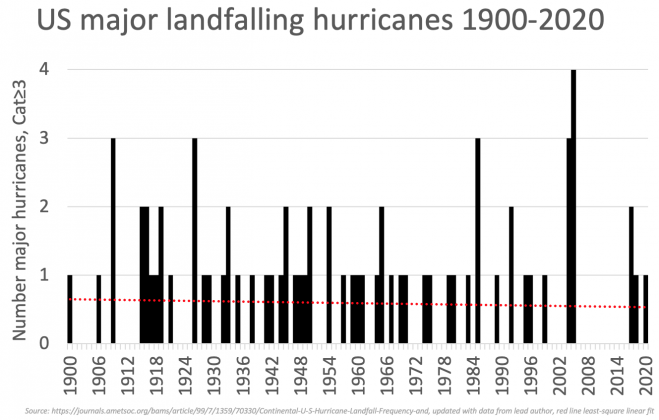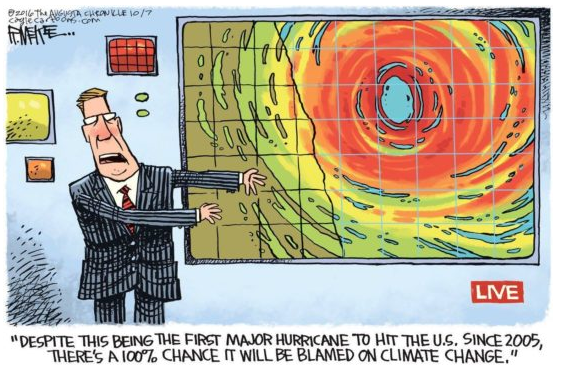
J. Scott Turner explains how the roots of environmental stewardship were poisoned, resulting in the perverted modern decarbonization movement. His Spectator Australia article is Environmentalism: from concern about clean air to throwing soup at the Mona Lisa. Excerpts in italics with my bolds and added images. H/T John Ray
Garrett Hardin was a professor of biology and environmental studies at UC Santa Barbara. His “commons” was a metaphor drawn from the traditional English practice of shared grazing and agricultural land to which all members of a community had access. Commons were inherently prone to abuse, Hardin argued, because every user of the commons will exploit it to maximize personal benefit without regard to the other users, leading ultimately to the collapse of the commons as a useful resource.
Hardin extended the metaphor of the commons to include all natural resources, including the air, water, other species, even the entire Earth. The tragedy of Hardin’s expansive commons was the inexorable march to environmental doom, driven by the folly of human freedom. “No technical solution” could halt its march, no ingenious tinkering could fix the problem. Rather, Hardin asserted that the juggernaut could only be arrested through “mutual coercion, mutually agreed upon.” To save ourselves, we would have to give up many freedoms we take for granted, specifically “relinquishing the freedom to breed.”
Hardin’s “Tragedy of the Commons” is perhaps the most influential paper
ever to come out of the field of ecology.
Within its six pages were sown the seeds that have grown into the vast industry that is modern environmentalism. If you’ve ever wondered how environmentalism got from simple concern for clean air and water and preservation of wilderness and its wonderful creatures, to Greta Thunberg, Extinction Rebellion and throwing soup at the Mona Lisa, it was Garrett Hardin who drew the map.
Hardin’s path to the tragedy of the commons was itself mapped out by the English economist and cleric, Thomas Malthus. When Thomas Carlyle famously cast economics as the “dismal science” — a “dreary, desolate… quite abject and distressing science” — it was Thomas Malthus he had in mind. Malthus’s economic philosophy was one of finitude and futility. Human populations always grew faster than could the food supply, he asserted, leading inexorably to famine, disease, perpetual poverty and war: the “Malthusian catastrophe.” Malthus’s economics stands in marked contrast to that of his near-contemporary Adam Smith’s more hopeful economics of free trade, free markets and the inscrutable “invisible hand” that would guide societies to prosperity and liberty. The history of economics has been a long contention between these two competing ideas.
Malthusian economics considered people to be aimless particles pushed this way and that by powerful and indifferent forces. People are considered to have no agency whatsoever, or whatever agency they might have, encompass no other sentiment but selfishness. The only way out of the Malthusian catastrophe would be restraint of human nature, through “mutual coercion mutually agreed upon,” as Garrett Hardin put it. Tyranny
A big part of Malthus’s appeal at the time was his mathematical argument, which imparted a faux certainty to his claims. Charles Darwin and Alfred Russell Wallace both were inspired by Malthus’s mathematics, for example, however, Malthus’s mathematics were simplistic and naïve and failed to account for the fact that humans do, in fact, have individual agency — and that the range of moral sentiments was far wider than mere selfishness.
Nevertheless, Malthusianism continues to find devoted acolytes wherever simplistic and naive mathematical presumptions reign. Presently, it is climate change that fits that bill, and it is climate change where the Malthusian tragedy of the commons is again rearing its head — no, having its head propped up, Weekend at Bernie’s style — by a group of twenty-three scholars (they always seem to come in packs) in the prestigious pages of Proceedings of the National Academy of Sciences. There, they call for a “new paradigm” (that buzzword) to stave off the tragedy of the Anthropocene “planetary commons.”

Their new paradigm goes beyond mere governments managing common resources, like sea-floor mineral prospecting. Rather, they are advocating a more ambitious program to take control of the “biophysical systems” that impart resiliency to the Earth’s function. These systems include the atmosphere, hydrosphere (oceans, lakes, rivers and aquifers), the biosphere (encompassing all of the Earth’s biota), the lithosphere (all terrestrial ecosystems, and the cryosphere — ice and snow). Exerting such control, they say, will require “mobilization of efforts at an unprecedented scale, including future research” (read spending), which can only be done through a “nested Earth system governance approach.” This will mean “[adjusting] notions of state sovereignty and self-determination,” taking on “obligations and reciprocal support and compensation schemes … comprehensive stewardship obligations and mandates,” all with the aim to protect “Earth-regulating systems in a just and inclusive way.” You get the idea: “following the science” means a world government that subordinates those pesky notions of self-government and national sovereignty.
Doomsday scenarios are nothing new in the genre of “climate action.” Usually, such contributions bristle with weasel words such as “may,” “possibly,” “perhaps” and the ilk (e.g. the impending extinction of insects). Not so the planetary commons paper, which bristles with alarmist certitude. We are driving the Earth toward dangerous instability, rapidly pushing us past “tipping points” where the Earth will be plummeted irreversibly into disaster, making the Earth inhospitable to life itself. We are sinners in the hands of an angry goddess.

The whole thing is a house of cards, which a little digging will expose. Let’s begin with that word in the title: “Anthropocene.” What does it mean? It sounds science-y, but in fact “Anthropocene” is a neologism proposed in 2000 that demarcates the past 250 years from the Holocene, the geological epoch that began around 11,000 years ago, and which encompasses the rise of modern humans. It is no accident that the Holocene-Anthropocene boundary is set at 250 years before the present: it coincides with the beginning of the Industrial Revolution.
The Anthropocene is the stand-in for the eschatological End Times.
Like the End-Times, it is defined by a basket of horrors and portents:
♦ An order-of-magnitude increase in erosion and sediment transport associated with urbanization and agriculture;
♦ marked and abrupt anthropogenic perturbations of the cycles of elements such as carbon, nitrogen, phosphorus and various metals together with new chemical compounds;
♦ environmental changes generated by these perturbations, including global warming, sea-level rise, ocean acidification and spreading oceanic “dead zones”;
♦ rapid changes in the biosphere both on land and in the sea, as a result of habitat loss, predation, explosion of domestic animal populations and species invasions; and
♦ the proliferation and global dispersion of many new “minerals” and “rocks” including concrete, fly ash and plastics, and the myriad “technofossils” produced from these and other materials.
No mention is made, of course, of the dramatic reductions of poverty, extensions of life spans, improved agricultural productivity, cleaner air and water, safer environments that also mark the Industrial Revolution. Those are Hardin’s “technical solutions,” to be dismissed as the false consciousness that merely delays the springing of the Malthusian trap. We best be wary.

The Anthropocene is not a scientific term: it is an entirely political construction. Being able to sell it as scientific has long been a coveted tool to advance the climate change agenda. This has meant a long march through the institutions that govern geological nomenclature. That effort came to fruition in 2019, at a meeting of the International Union of Geological Sciences in Cape Town, where a vote was taken to formally recognize the Anthropocene as a geological epoch. It passed by a supermajority of 88 percent in favor, which by the rules of the Society, closed off the matter from further debate. What was the actual vote? Thirty-three individuals voted to recognize the Anthropocene, and four dissented. Was this scientific consensus? Technically it was, but we keep in mind the deceptive power of percentages: the 2022 membership of the Geological Society of America totaled 18,096. Remember these figures the next time we hear about a scientific “consensus.”
With the Anthropocene established as a formal geological epoch, the door was opened for climate activists to advance a political agenda masquerading as “science.” The planetary commons paper, for example, asserts that we have already passed six of nine “tipping points,” putting us THIS CLOSE to catastrophe. That sounds dire, to be sure. But just what determines a tipping point, and how do we know we’re past it? One of the references cited in support of this claim is a paper (with many of the same authors as the planetary commons paper) which defines the “safe operating space” for the nine variables.
What determines the limits of the “safe operating space”?
Why, it’s the presumed conditions prior to the Anthropocene!
The circle is thereby closed: the politically-defined Anthropocene is used to set the politically defined “safe operating space” for the Earth, which sets the course for “navigating” through the perilous Anthropocene. Follow the science! The agenda is clear: reverse the Industrial Revolution and return civilization to the illusory halcyon of the Holocene. This is the climate change echo chamber at work: a collection of mutually-reinforcing arbitrary presumptions dressed up in a science-y costume.

It would be amusing were it not for the costume being flashy enough to take in the mid-wit rubes that constitute our present-day ruling class. Danger lurks there, which was expressed eloquently 264 years ago by Adam Smith in his 1759 Theory of Moral Sentiments:
“The man of system, on the contrary, is apt to be very wise in his own conceit; and is often so enamored with the supposed beauty of his own ideal plan of government, that he cannot suffer the smallest deviation from any part of it… He seems to imagine that he can arrange the different members of a great society with as much ease as the hand arranges the different pieces upon a chess-board. He does not consider that the pieces upon the chess-board have no other principle of motion besides that which the hand impresses upon them; but that, in the great chess-board of human society, every single piece has a principle of motion of its own, altogether different from that which the legislature might choose to impress upon it. If those two principles coincide and act in the same direction, the game of human society will go on easily and harmoniously, and is very likely to be happy and successful. If they are opposite or different, the game will go on miserably, and the society must be at all times in the highest degree of disorder.
Garrett Hardin was, in his time, also a “man of system,” and it’s worth remembering that our last flirtation with the tragedy of the commons did not end well, especially not for Garrett Hardin himself, who now seems to be somewhat of an embarrassment to our present-day presumptive “persons of system.” We seem to have learned nothing since 1968, or for that matter, since 1759.
Will history repeat, this time as farce? Or will it be tragedy?
See Also
Don’t Buy “Planetary Boundaries” Hype

Warning: Earth Day Became Polluted
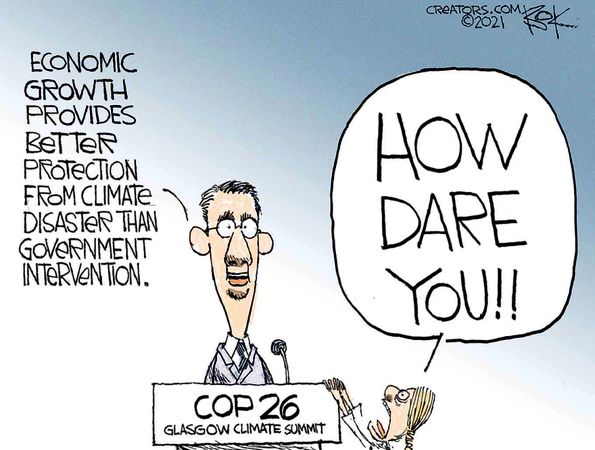







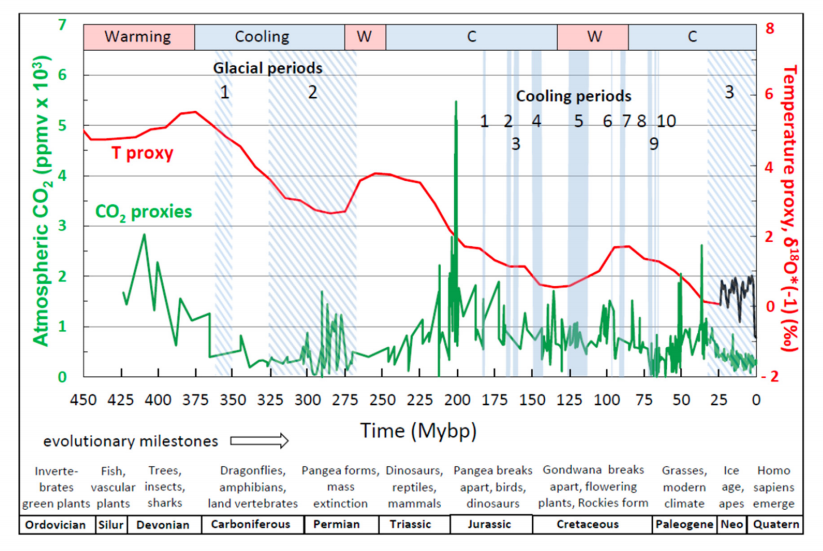



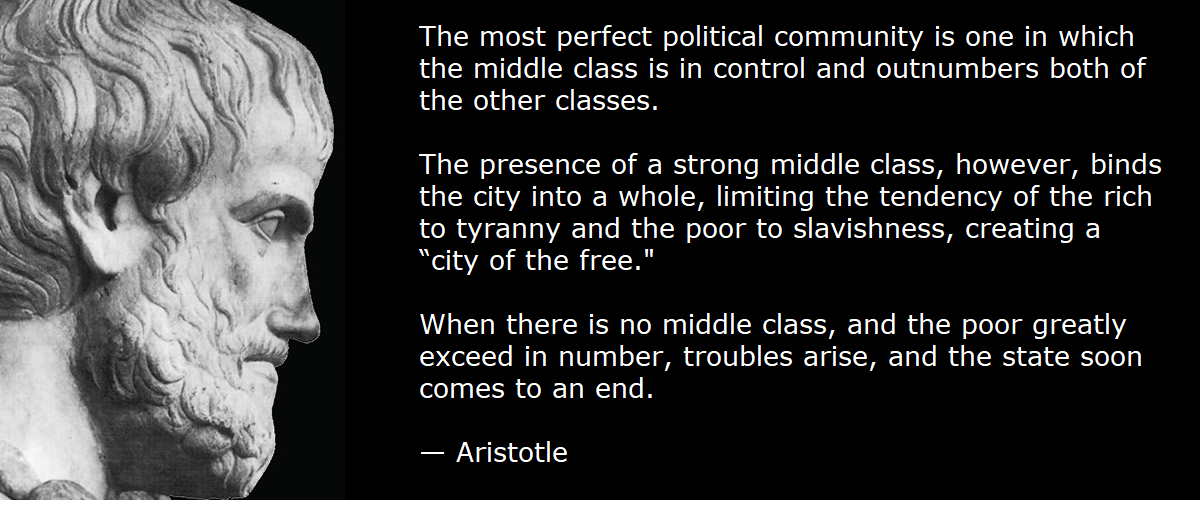










 Clearly climatists are worried about current cold weather, ironically triggered by the beginning of COP28 coinciding with heavv snow closing airports in Munich, for example. Add to that Buffalo Bills NFL playoff game postponed due to extreme cold. So Climate Central coordinated a PR campaign lest the believers lose faith in Global Warming. Later below are noted the three themes that appear.
Clearly climatists are worried about current cold weather, ironically triggered by the beginning of COP28 coinciding with heavv snow closing airports in Munich, for example. Add to that Buffalo Bills NFL playoff game postponed due to extreme cold. So Climate Central coordinated a PR campaign lest the believers lose faith in Global Warming. Later below are noted the three themes that appear.






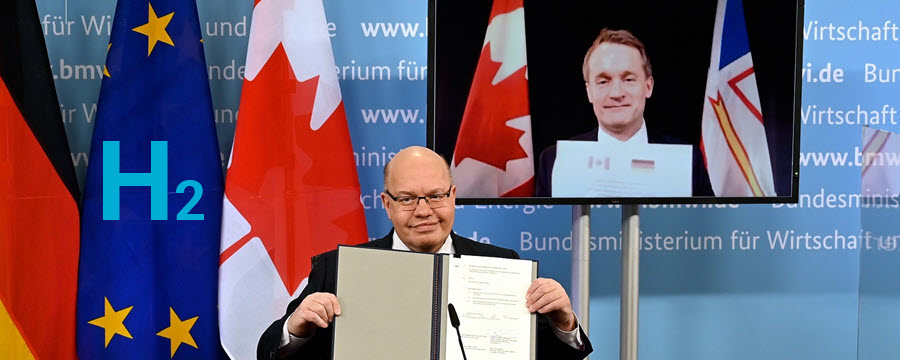


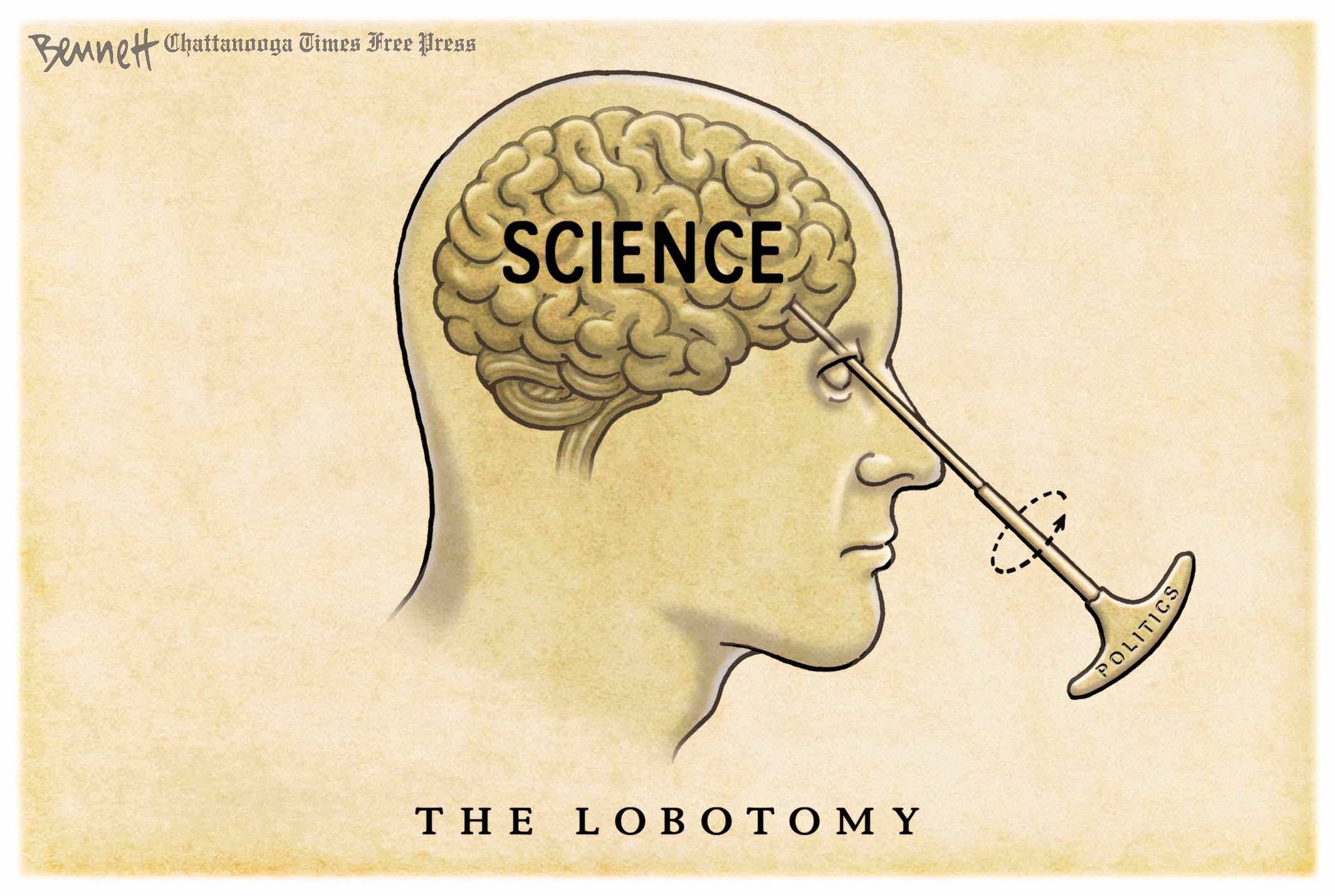 The media is replete with announcements of a “breakthrough” agreement at COP28 to make “operational” a fund through which “developed” countries compensate “developing” countries for “loss and damage” from “climate change.” The six terms in quotations highlight the ambiguity depending on how those words are defined. Let’s start with “breakthrough “, “operational” and “developed” vs. “developing” countries.
The media is replete with announcements of a “breakthrough” agreement at COP28 to make “operational” a fund through which “developed” countries compensate “developing” countries for “loss and damage” from “climate change.” The six terms in quotations highlight the ambiguity depending on how those words are defined. Let’s start with “breakthrough “, “operational” and “developed” vs. “developing” countries.
